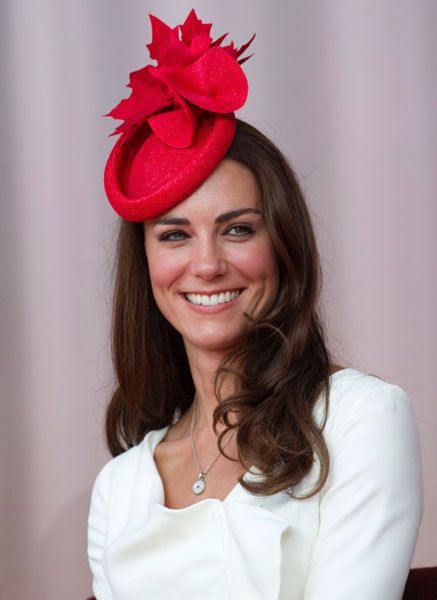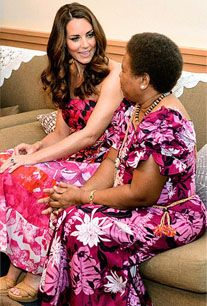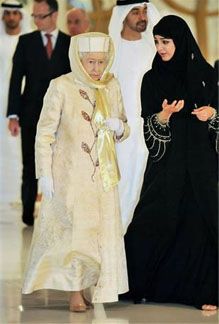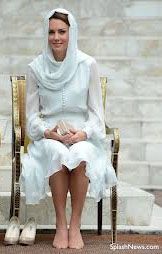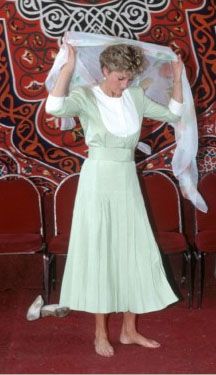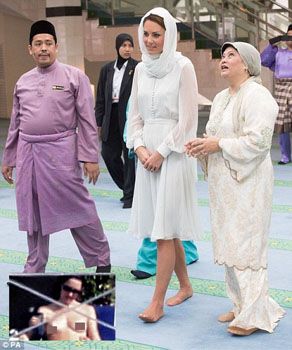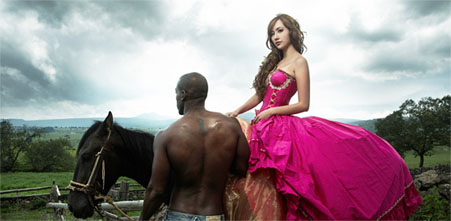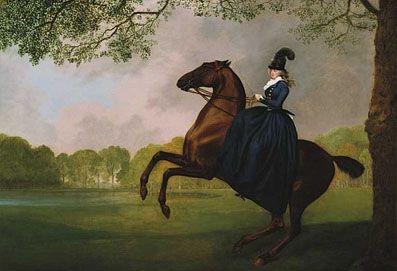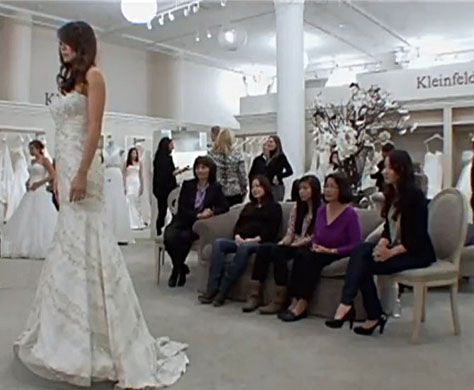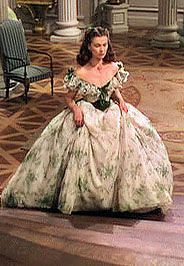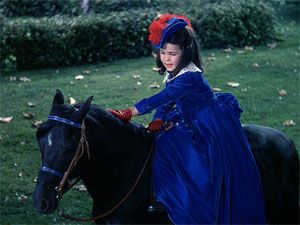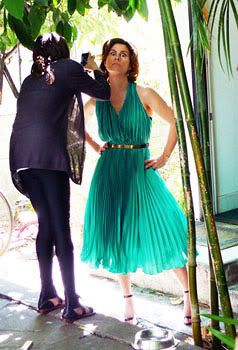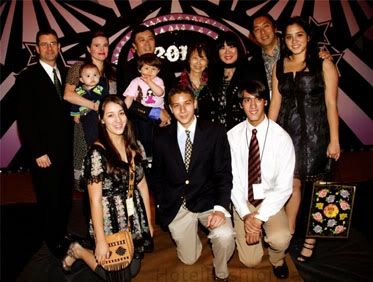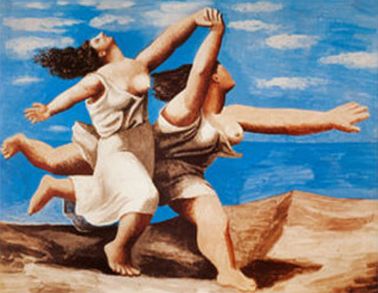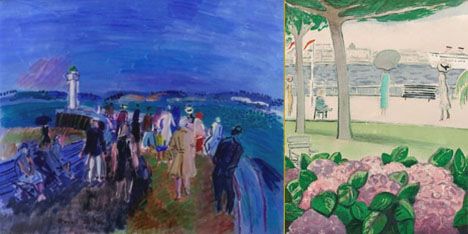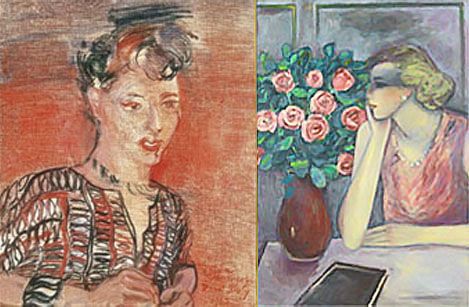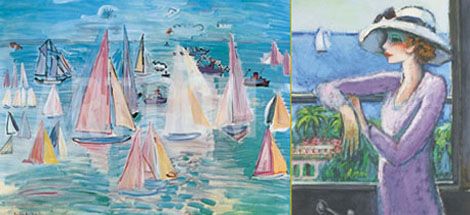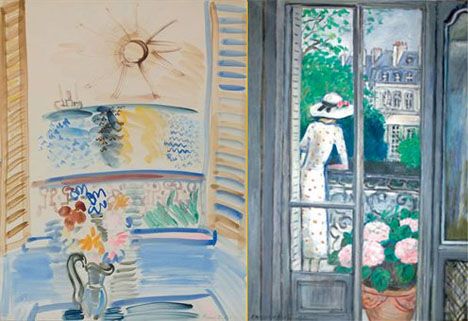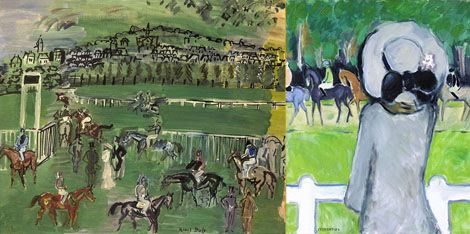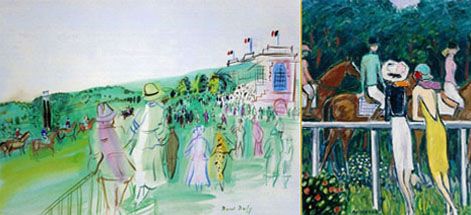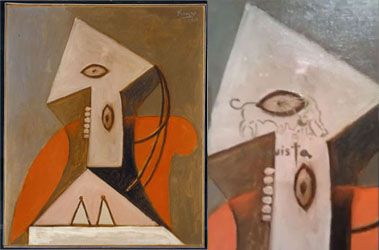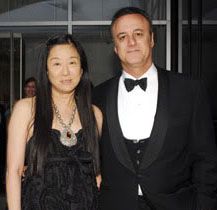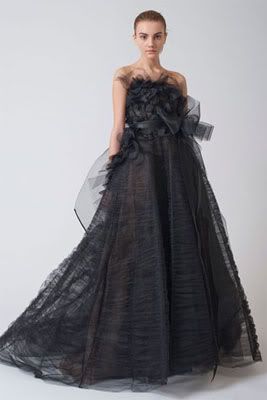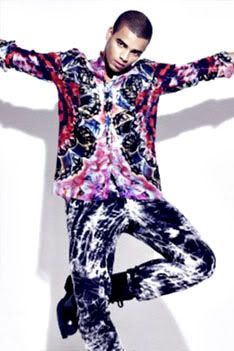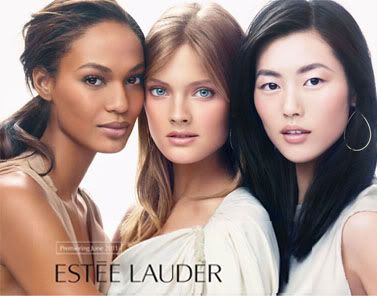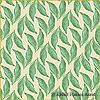Kelly Ripa with her new talk show host
There are interesting
discussions going on at
The Thinking Housewife about interracial marriage, or more precisely, interracial coupling.
Kelly Ripa, who is has been hosting the morning talk show
Live with Regis and Kelly by herself after that old-time TV personality Regis Philbin retired as her co-host, is bringing on some forgotten football player as her new host. This might help the downward spiral of her show
Live with Kelly sans Regis, although I don't think adding "Michael" to the title and bringing on this non-photogenic and clumsy co-host will help her much.
But I don't think that it is that surprising that Ripa goes for racial "diversity." She is married to a dark-skinned Hispanic third-rate actor (all his TV series and his films have been relegated to the deep recesses of production shelves), and occasionally brings him on to co-host with her to give him a break from the unemployment line.
Kelly Ripa with her husband
At another
post on interracial coupling at Laura's site she notes that "40 percent of Asian women in America now marry outside their race" which means that they marry white men.
I see the same thing in Toronto where every third couple I see is that combination.
In fact, just a few days ago, I sat outside in a relatively busy part of town to have coffee, and practically all the couples that passed by me were the white male/Asian female variety. I even thought I should start some kind of tally.
Laura Wood comments that it is:
...the relative femininity of Asian women [that] is attractive to white men.
And here is where I disagree.
Since I'm bombarded with this vision on a daily basis, I decided to investigate what could be considered so attractive about Asian women that white men are leaving their own women in droves to couple with them.
Firstly, I don't think that Asian women are as "beautiful" as white or black women. I've written about this
here and
here.
Second, I don't even think Asian women are necessarily more docile (more feminine) than white or black women. The harshest argument (actually, twice) I've come across in a public setting are between a white male and an Asian female.
Third, I think the white male pairing off with an Asian female is some kind of fetishistic behavior that white men are exhibiting. Not to be too crude, but it is like some kind of odd Freudian background which makes some people desire feet, for example. So, it is more of a desire brought on by some psychological blockage rather than a true desire.
Fourth, following from the third point, white men are pairing off with Asian women because they are rejecting their own kind, which means that they are rejecting themselves, which means that they are rejecting their background which failed them at some point in their (early) life).
What could have set off this fetishistic behavior?
I can try to understand it.
- It could be that white women, after the rise and triumph of feminism, have neglected their men, and most importantly, their vulnerable young sons, to such an extent that all the family memories young men (and of course young girls, but they can buttressed with feminism and "girl power") have of their mothers are negative ones.
- I would think being neglected in day care centers practically from birth so their mothers can "go off to work," figures largely in this.
- Another most likely cause is the high divorce rates amongst white couples, leaving young children, and especially their sons, susceptible to all kinds of negative environmental impacts, including loneliness, feelings of neglect, awful daycare centers, resentment and even hatred of the parent they think caused this miserable life etc.
So, I agree that black women are generally more difficult to get along with, and partly that is because I don't think black women want to pair off with whites, but with other blacks.
That leaves with the conveniently placed Asian women, who, from my observations, seem to find it a kind of jackpot if they catch and marry (or pair off with) a white man. This is true both of recent Asian immigrants, and third or fourth generation Asian-Canadians. A white male is a better catch, materialistically, socially, culturally, and even aesthetically.
They cleverly behave well and docile during courtship, but start tightening the reins once they have successfully sealed the relationship. I've
seen this happen in a couple of public situations. Here are high profile Asian/white relationship blowouts I've written about [
1,
2].
And, often, these white men end up being a mediocre type, possibly a life-long disappointment (as Vera Wang's
failed-business-man husband and Amy Chua's
scholar-turned-erotic novelist husband show).
By then, the male has been coerced into including "Asianess" into the family life, and has children who look more like their Asian mother than his own mother (mixed Asian children always look Asian to me), so he is deeply into the relationship (which he agreed to and accepted when he first entered it). And any kind of "rebellion" will just make his life more difficult, so he sticks by this as long as he can.
On a related tangent, some high profile white male/Asian female divorces are happening, which I've written about
here, which is a kind of litmus test for what's also happening in the rest of society.
From my experience, children of these mixed Asian/white couples are much more Asian, have no interest in white culture, will promote their "Asianess," and in a surprisingly twist of events, will couple with other Asians, and often with half-Asians like themselves, which gives them the best of all worlds: Canadian and western materialistic gains and a comfortable, familiar cultural lifestyle.
Read More...
^Top

